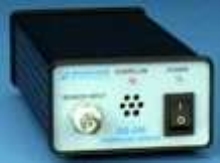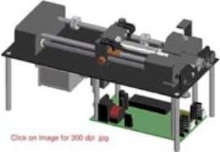Harvard Apparatus, Inc.
Bldg. 7
Holliston, MA 01746

Syringe Pump includes multiple safety features.
Available in single and dual syringe models, Pump 11 Plus Syringe Pump (70-2208) incorporates end-of-travel limit switch that preserves contents and protects syringes from damage. Anti-siphon bracket prevents leakage and secures plunger and syringe body to pump. With flow rate range of 0.0014 Ã-µl/hr to 26.56 ml/min, unit operates in constant flow or volume dispense modes and holds glass...
Read More »
Overflow/Spill Sensor protects sensitive equipment.
Model OS-250 detects leaks and spills around equipment such as microscopes, HPLCs, low-pressure columns, and cell perfusion systems. When spills occur, integrated, switched power controller can be used to turn off pumps, perfusion systems, or any item plugged into controller. Response is initiated after few drops of most liquids. System features disposable, moisture-sensitive mats, audible and...
Read More »
Pump Components suit OEMs or do-it-yourselfers.
Modular Syringe Pump Components allow users to build prototype systems or test pumping functions without sacrificing quality of pumping mechanism. They are fully supported with software, electronic diagrams, and engineering phone support. Modules include micro liter delivery, milliliter delivery, and high force delivery.
Read More »


